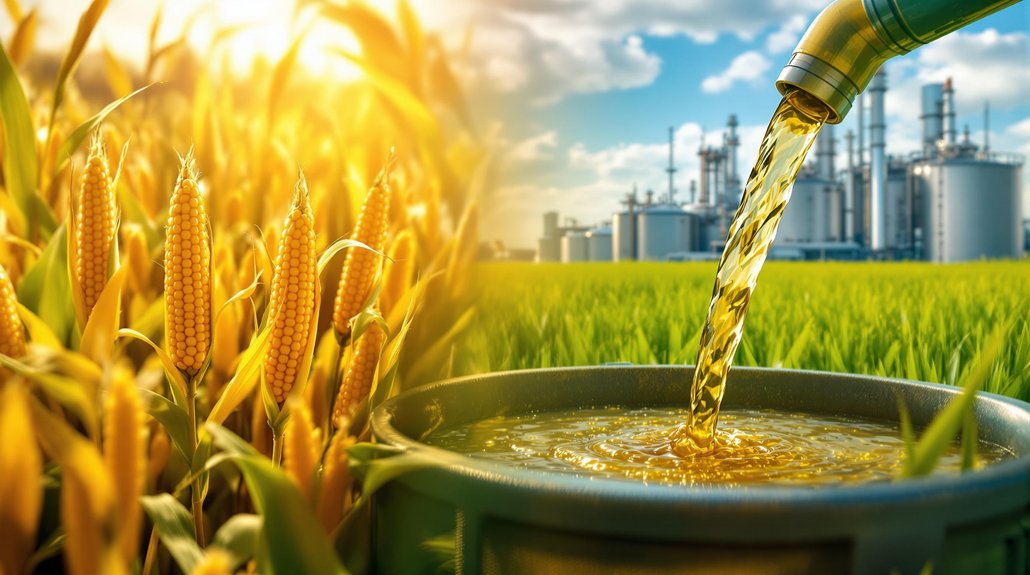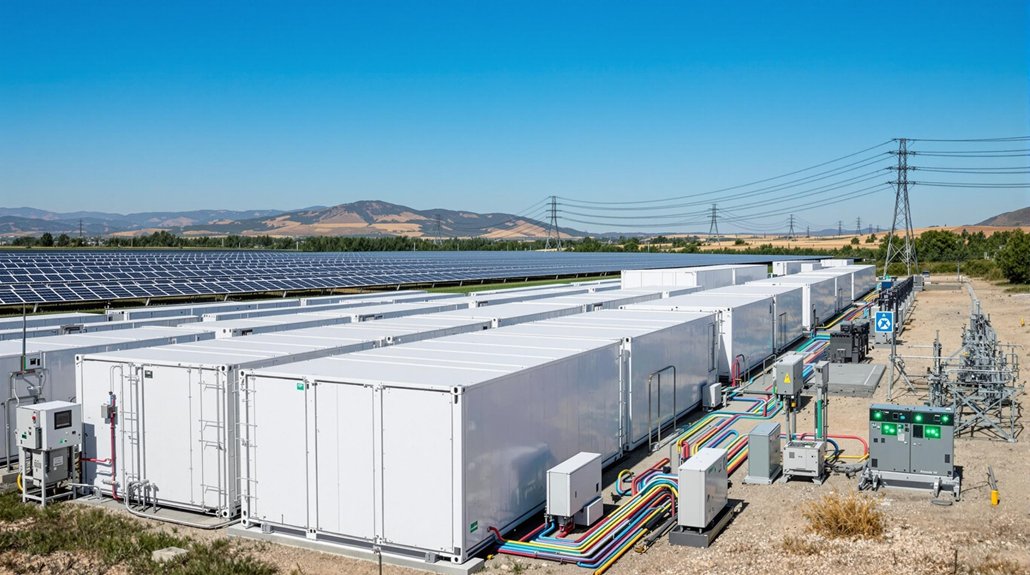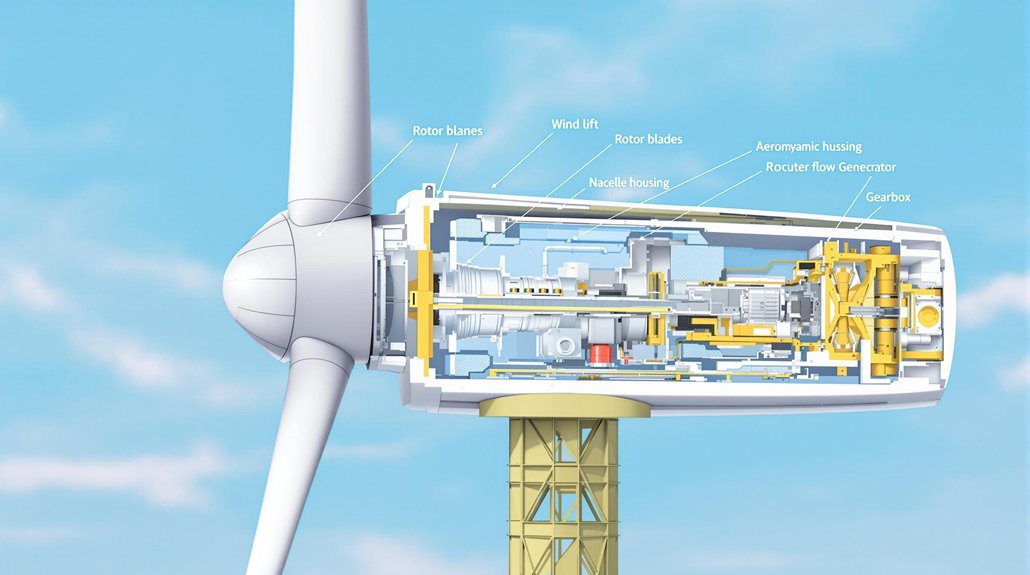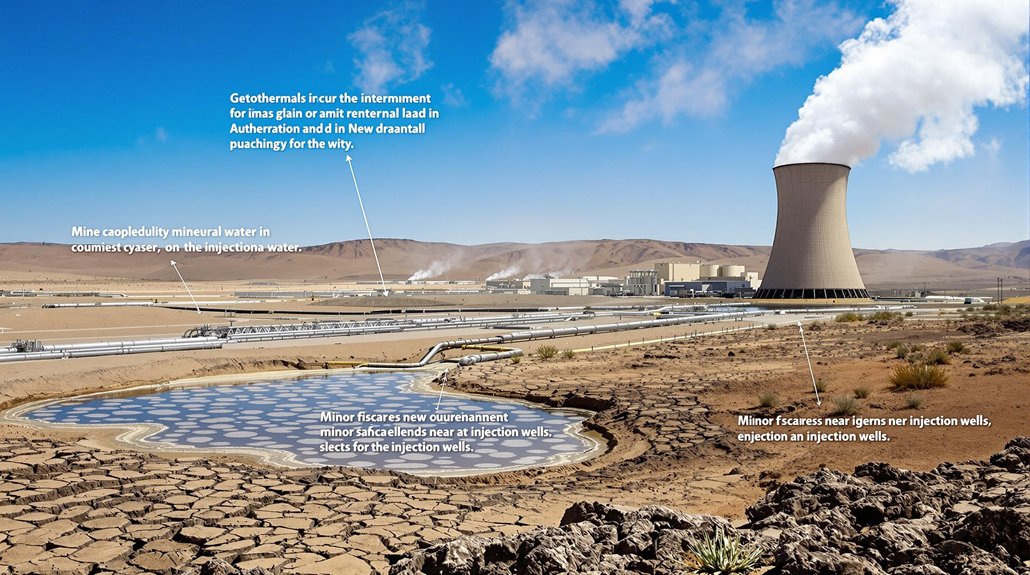Biofuels offer significant environmental advantages by reducing greenhouse gas emissions up to 93% compared to fossil fuels. They’re renewable resources that improve air quality and strengthen energy security through domestic production. The industry creates jobs while providing farmers with new markets for crops. Most biofuels work with existing vehicles and infrastructure without modifications. As technology advances, production methods using non-food crops and waste materials continue to enhance sustainability and economic benefits.

As the world searches for cleaner energy alternatives, biofuels are emerging as a promising solution to reduce our dependence on fossil fuels. These plant-based fuels offer significant environmental benefits, cutting greenhouse gas emissions by 40-93% compared to traditional fossil fuels. The carbon dioxide released when burning biofuels is offset by the carbon absorbed during plant growth. Some advanced systems can even create carbon-negative fuel when combined with carbon capture technology.
Biofuels strengthen energy security by reducing reliance on imported oil. They’re produced domestically from various sources including crops and waste materials. This diversity makes our energy supply more resilient to natural disasters and market disruptions. Biofuels deliver more energy than the fossil fuel inputs needed to produce them, creating a positive energy balance. Studies show that soybean biodiesel yields 93% more energy than invested in its production.
The economic impact of biofuels extends beyond the pump. The industry creates jobs in agriculture and manufacturing while providing farmers with new markets for their crops. Rural communities benefit from increased economic activity. Consumers can save money as biofuel production increases and prices fall below traditional fuels.
Unlike fossil fuels, which take millions of years to form, biofuels come from renewable biomass that grows quickly. Modern technology allows biofuels to be made from non-food crops and waste materials. Many producers now use waste feedstocks like used cooking oil and distillers corn oil, which have increased from 11% to 25% of total feedstock between 2011 and 2019. Research into algae and cellulosic sources promises even higher yields in the future.
One major advantage of biofuels is their compatibility with today’s vehicles and infrastructure. Many cars can use biofuel blends without modifications. The fuels work with existing pipelines, trucks, and gas stations, making the shift to renewables smoother. They also serve as reliable backup power for critical infrastructure like hospitals and schools during emergencies.
Biofuels also improve air quality. They produce fewer harmful emissions, including 84-90% less particulate matter and 97% less sulfur oxides than petroleum fuels. Cities benefit from reduced soot, carbon monoxide, and carcinogenic compounds in the air.
With government support and ongoing research, biofuels could meet 30% of current gasoline demand by 2030, playing an essential role in a cleaner energy future.
Frequently Asked Questions
How Expensive Are Biofuels Compared to Traditional Fossil Fuels?
Biofuels currently cost more than traditional fossil fuels.
Biodiesel is 70-130% more expensive than fossil diesel on the wholesale market. In retail terms, pure biodiesel (B99/B100) costs $3.96 per gallon compared to $3.62 for conventional diesel.
Ethanol produced in the EU is twice as expensive as petrol. This price gap has been widening recently due to rising feedstock costs for biofuels.
What Crops Are Most Commonly Used to Produce Biofuels?
Several crops serve as primary sources for biofuels worldwide. Corn dominates U.S. ethanol production, while Brazil relies on sugarcane.
For biodiesel, soybeans lead in the U.S. and rapeseed (canola) in Europe. These are first-generation biofuels from food crops.
Second-generation options include cellulosic crops like switchgrass and poplar trees.
Emerging feedstocks with potential include algae, jatropha, camelina, municipal waste, and used cooking oil.
Can Regular Vehicles Use Biofuels Without Engine Modifications?
Most regular vehicles can use some biofuels without modifications.
Diesel engines accept biodiesel blends up to B20 (20% biodiesel), with all manufacturers approving B5 (5% biodiesel).
All gasoline vehicles safely use E10 (10% ethanol). Higher blends may require changes to fuel systems.
Flex-fuel vehicles can use ethanol blends up to E85.
Using unapproved biofuel percentages might void warranties, and older vehicles may need rubber seal replacements.
How Much Farmland Is Required to Produce Biofuels at Scale?
Producing biofuels at scale requires vast amounts of farmland. Currently, about 4% of global agricultural land is used for biofuel crops.
Estimates suggest 0.5-1 billion hectares would be needed to generate just 20% of global energy from biomass. In the U.S., 60 million acres are already dedicated to corn and soy biofuels.
Some experts note that solar energy is 100-300 times more land-efficient than bioenergy.
Do Biofuels Cause Food Shortages in Developing Countries?
The link between biofuels and food shortages is complex. When farmers grow crops for fuel instead of food, it can reduce food supplies in some areas.
Studies connect biofuel production to higher food prices, especially during the 2008 global food crisis. However, only 3-4% of global cropland is used for biofuels.
Advanced biofuels from non-food crops may offer a better solution for developing countries.









